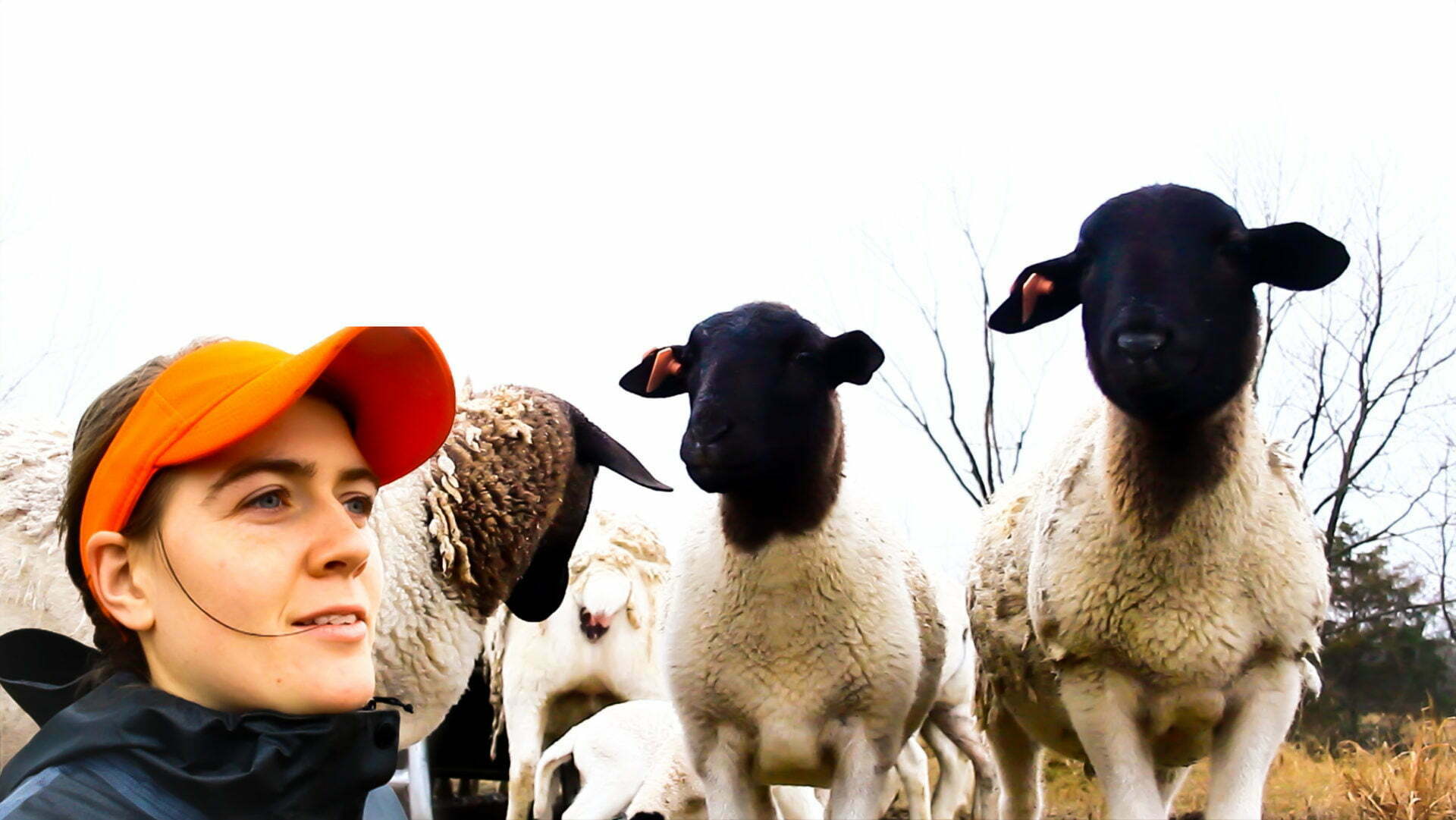12 minute quick tour below:
Cole’s Contract Grazing Website
Raising sheep for wildfire prevention in Southern California (OJAI VALLEY):
- WHERE: Today I am touring Shepherdess Land and Livestock, a contract grazing operation that manages thousands of sheep and goats in OJAI VALLEY, CALIFORNIA. Ojai Valley is located in Southern California, just 1.5 HOUR DRIVE NORTH OF LOS ANGELES.
- RAINFALL IS BETWEEN 15 AND 21 INCHES IN THE VALLEY ON AN AVERAGE YEAR.
On this tour, Dylan drives us across the valley to 3 locations where their flocks are currently grazing. We discuss:
- How Shepherdess Land and Livestock uses small ruminants and targeted grazing to mitigate wildfires in southern California.
- How Cole and Dylan are actually PAID for every acre they contract GRAZE, IN one of the most expensive areas of the country to buy land.
- How Dylan built a thriving direct to consumer forage-fed lamb business in Ojai Valley just 3 years after launching into agriculture himself.
FACTS:
When rainfall is plentiful, ranging from 30” and upward, pasture recovery is rapid; a paddock at my farm in Northeast Texas may become ready to graze in as little as 28 days after a previous grazing cycle. As I toured Dylan’s operation he cited that the growth stockpile on this paddock took 7 months to accumulate. While Dylan and the Shepherdess Land and Livestock Team are at no want for land to utilize, should someone be looking to buy a ranch and launch a forage-only operation, either the installation of irrigation or keeping stocking rates at 1 sheep per 2 acres would be what is required.
Closing thoughts: One of the biggest takeaways from my visit with Dylan was that, despite skyrocketing land prices and increasingly difficult conditions for those in conventional agriculture, the landscape is teeming with unique opportunities for shepherds who are ready to think differently, manage differently, and put in the work. Were we to have one partnership in every county, like that of Shepherdess Land and Livestock & Boek House Custom Butchery, food shortages, erosion, and desertified urban landscapes would no longer be a significant threat to our nation. Families would have access to nutrient dense foods at a reasonable cost, rather than defaulting to chemically preserved composites from the grocery store.


